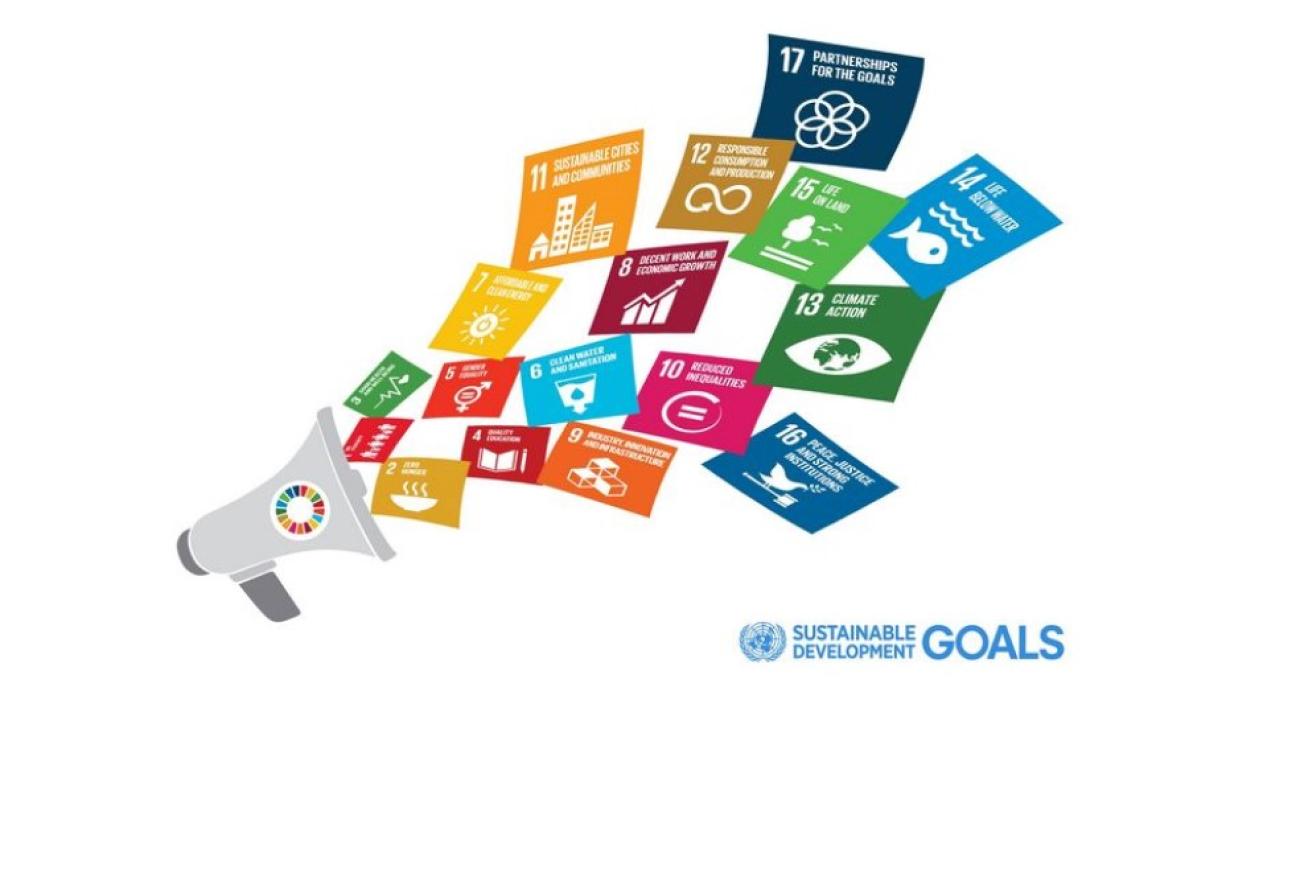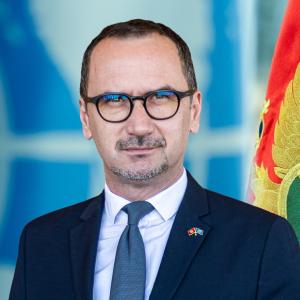No doubt the 2030 Agenda brings an unprecedented multilateral push into a unique stream for a better world, articulated through 17 Sustainable Development Goals (SDGs). But crystallising SDGs is just the beginning. A real journey is ahead of us.
The Goals are yet to be embraced and implemented. In order to do so, people will need to understand their complexity and the success will obviously depend on how we communicate SDGs.
THE VALUE OF COMPLEXITY
It is the complexity of SDGs that makes them so valuable and actually embedded in the UN Secretary-General's “Leave no one behind” vision. But the complexity is not an ally when it comes to communication. On the contrary. Complexity puts the implementation process in constant communication risk, thus strategic approach simply has no alternative. During this short period of communicating SDGs, we at the UN in Montenegro have learned some valuable lessons which helped us identify some key principles and major avenues for turning SDGs into desirable achievements for the future.
KEY PRINCIPLES
Consistent approach. A strong consensus inside the UN System on how to communicate SDGs is a crucial precondition for any further step. If the UN agencies in the country are not synchronised in-house on this issue, it is hard to expect that the Government, who should be a key driver of the 2030 Agenda, would embrace and drive the process.
Making SDGs understandable to all. Understanding complex issues is a key precondition for embracing them. Whether it is a Government official, a ballerina or a refugee boy, they should all clearly understand the meaning of SDGs for their lives. To make it easier, we developed a video animation We Have a Plan! which contextualises SDGs in 3 minutes.
Placing SDGs at the local community level. One of the biggest criticisms of the Millennium Development Goals (MDGs) was their detachment from the local level. To get ordinary people on board, SDGs should be communicated in plain language and in the context of everyday life. Various communications can be used – Facebook posts, tweets, infographics, news articles, TV features, animations, etc. We opted for a short TV feature Vox Populi on SDGs in Montenegro.
Putting individual UN organisations' activities in SDGs context. Avoiding to use available infrastructure wouldn’t be so smart. Various UN entities in a country simultaneously work with partners on different activities, initiatives, events, all of which are linked to one or more SDGs. It takes just a fine touch – linking those activities to a particular SDG to give additional impetus to the overall country’s push for the 2030 Agenda, especially in terms of bringing national partners on board.
Try to be funky. Not at any cost, of course. Thinking outside of (often bureaucratic) box can bring a completely new perspective. Check out how colleagues from UN Serbia in partnership with a famous jazz musician translated SDGs into a song Reach out!
Finally, a good old, universal advice: Keep it simple, whatever it is that you do!
MAJOR AVENUES
Upon recognising key principles, the next question is how to put them into a national context? Well, identifying proper, available avenues to apply those principles could be a solid way forward. Selecting focused channels, tools and target groups requires thorough thinking and screening of what is on the horizon. To make our approach targeted, we opted for a few strategic directions:
Linking the new UNDAF* with SDGs via UNDAF Online Hub, an innovative platform which the UN Country Team will develop in 2016, to better realize and communicate plans and expected results of the UNDAF 2017-2021 their links with SDGs; * UNDAF - United Nations Development Assistance Framework
Bringing academia on board - A series of lectures on SDGs will be organised for students, whose role will be important for the realization of the Agenda 2030 in the next 15 years;
Networking. Although the Government is in the driving seat, there are plenty of other partners with great potentials for pushing the Agenda 2030 forward – such as academia, NGOs and private sector, many having taken an active part in the national Post-2015 consultations;
Communicating particular SDGs is equally valuable. As mentioned, we in UN Montenegro agreed to put activities of individual UN orgs in the context of respective SDGs, when possible and appropriate;
Online arena: Social media outreach. Focusing mostly on young people, UN Montenegro will boost SDGs reach out via its internet platforms: Facebook, Twitter, Instagram, YouTube, Flickr;
Bringing UN staff on board. To ensure full understanding of the 2030 Agenda among colleagues, some UN agencies organise presentations on each SDG. Also, a set of SDG visuals will be designed for major gathering spaces at the UN Eco House.
CONNECTING DOTS...
This blog is just one perspective – couple of lesson from Montenegro. A lot remains for all of us to go through, since this is only the beginning of a unique 15-year process. No doubt, the success of the process will very much depend on how we communicate SDGs. It seems the magic lies in connecting dots around SDGs.




















